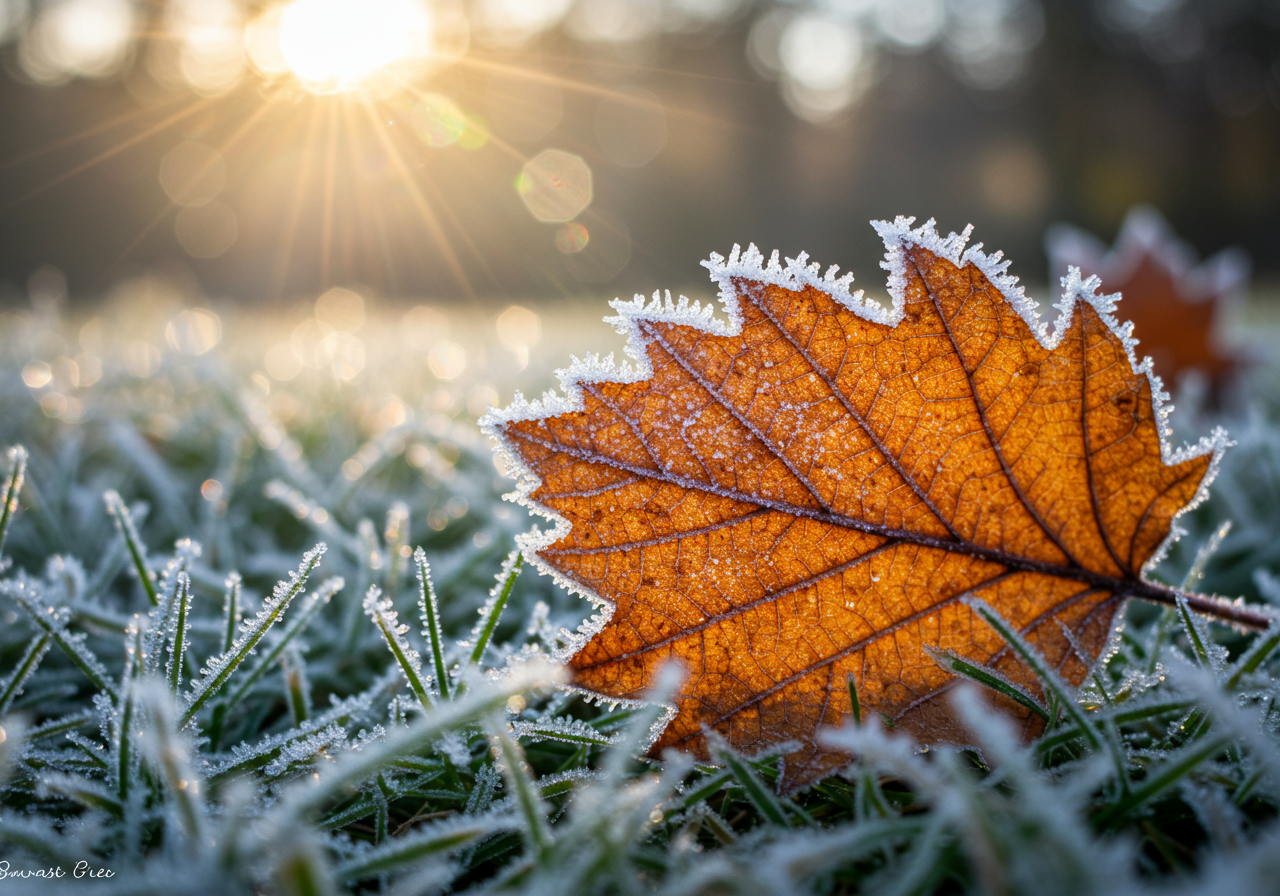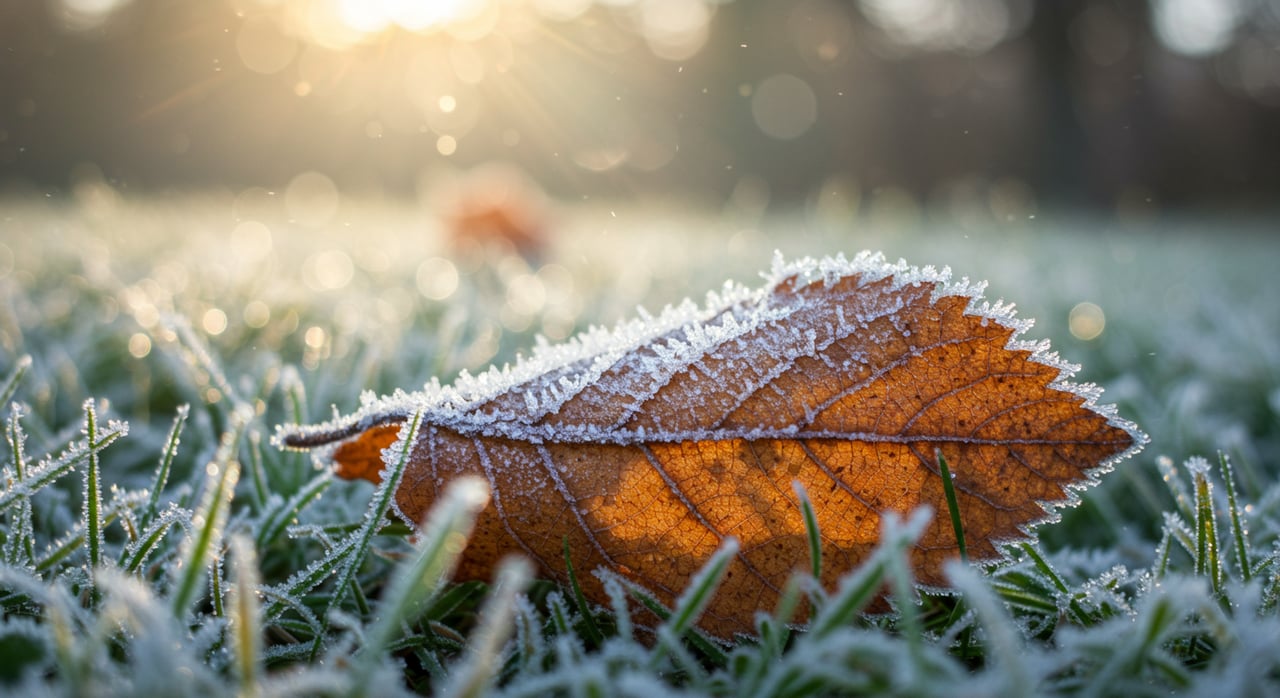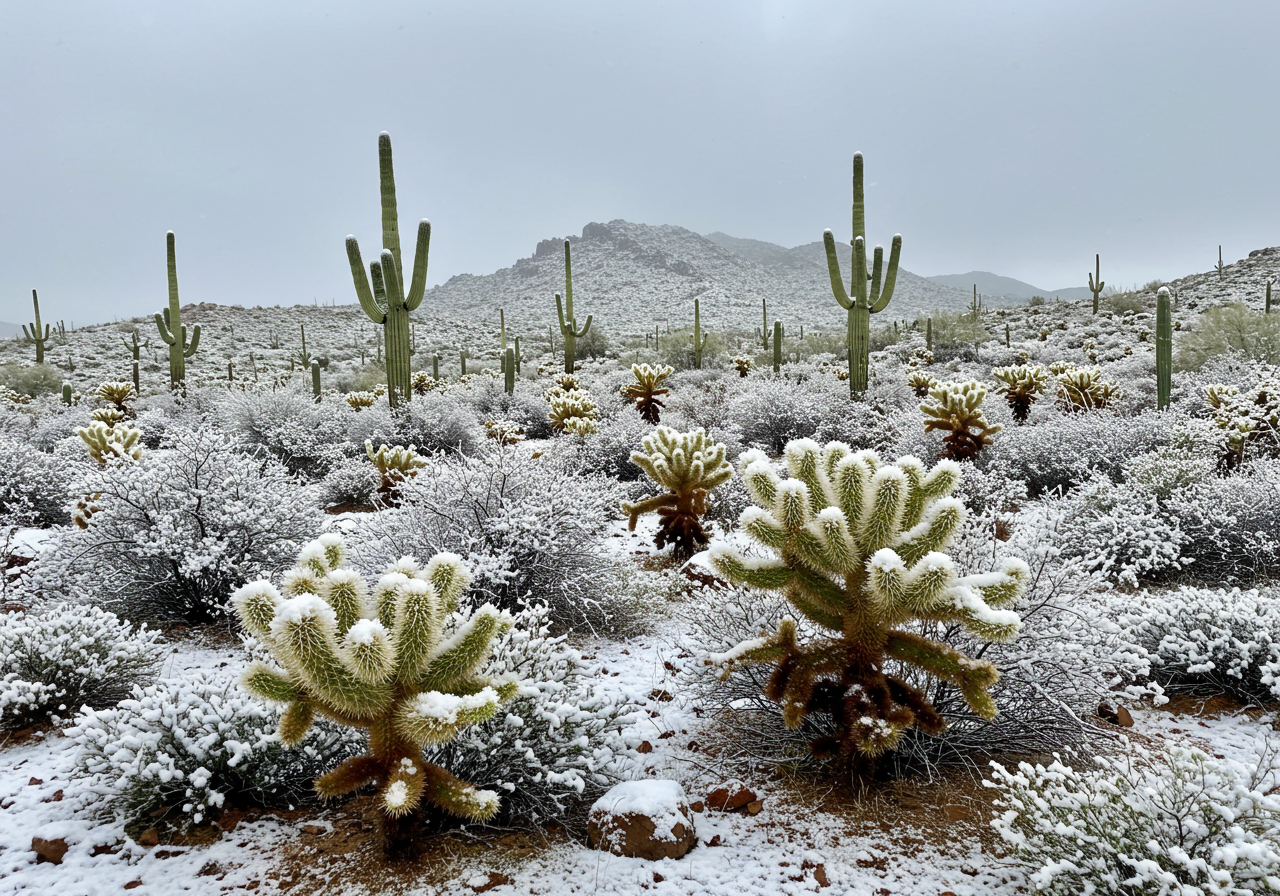After last week’s storms brought in the winter, the likelihood of frost increased drastically in our area. Even though it’s not super common for the temperatures to drop below freezing temperature in the Sonoran Desert, it usually happens a few times a year in Fountain Hills. Many of the plants that we keep in our yards and landscapes are vulnerable to frost. To keep these plants as protected as possible, we have some tips that you can try out this winter.
Is frost really a threat in Fountain Hills?
The National Oceanic and Atmospheric Administration (NOAA) says that the average first day of frost in Fountain Hills is December 15th, and the last is February 2nd.
However, this is based on the Fountain Hills weather station located at an elevation of 1581 feet, which is close to the lowest elevation in town. If your home is at a higher elevation, especially on windier hillsides, expect the frost season to start earlier and end later. See
almanac.com/gardening/frostdates/AZ for more details.
Common landscape plants that experience frost damage include bougainvilleas, firesticks (and other euphorbias), lantanas, hibiscus, yellow bells, trumpet vines, and even young citrus trees. This list isn’t extensive; consult a plant expert to see how vulnerable your plant is to the cold.
If the temperature reaches the lower 30’s, some frost damage is likely on these plants. This isn’t too much of a problem, as you can just wait until the beginning of the spring to prune back the damaged branches. If the temperature goes into the 20’s or less, then harmful damage is possible.
How to Protect Vulnerable Plants

Frost Cloths are a great way to mitigate damage. Most frost cloths that you can get are able to protect plants down to the upper 20’s. Just make sure you take the cloth off during the day, so you don’t suffocate your precious plants. If you don’t want to buy frost cloths, bed sheets and even towels can help. Just don’t use plastic.
Putting a fresh layer of mulch at the base of your plants each winter is another great way of protecting plants. Mulch helps root systems retain warmth and moisture during cold nights.
Interestingly, giving your plants some extra water the afternoon before the frost can help lessen the damage. Water allows heat to transfer from the ground to the plants during the night when they need it most.
If your plant already has some frost damage, don’t prune it until the spring. According to the AZ Plant Lady, even though frostbitten plants may look ugly, they’re better off with those ugly branches still attached for extra protection until the frost season is over. After Valentine’s Day, you’re usually good to start pruning away. Go to
azplantlady.com for more seasonal plant care tips.













